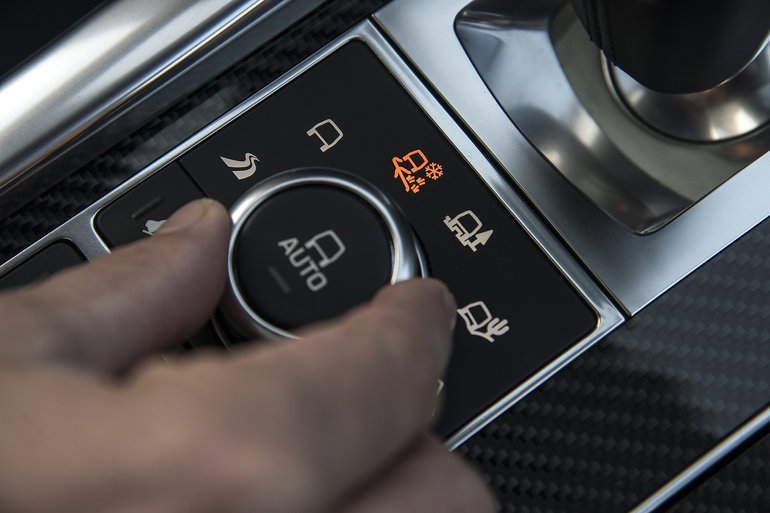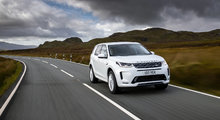Terrain Response technology - useful every day
May 12 2021,

Land Rover vehicles come with impressive off-road capabilities. It's common knowledge and it's what the company has been known for since 1948. With the technology came various systems over the years, including Terrain Response, an impressive feature that makes life easier for drivers on a daily basis.
History
The Terrain Response system first appeared with the Land Rover Discovery in 2005 after four years of development. Since then, it has become a key feature of all new Land Rover vehicles. In 2013, the second generation of the system was introduced, Terrain Response 2.
Terrain Response is like having a driving expert with us at all times to help us get the most out of our Land Rover vehicle's capabilities, both on and off the road.
Operation
Terrain Response has the ability to adjust your vehicle's settings to handle all possible driving conditions, based on driver input. The driver can also activate an automatic mode that uses intelligent systems to analyze driving conditions and then select the most appropriate setting.
In other words, you don't always need the same type of traction, depending on the surface you're driving on. As the name implies, the system responds to the type of terrain it finds itself on to adapt its traction.
Settings
Using a simple rotary switch on the center console, the driver chooses from a series of options to set the desired Terrain Response mode. The system then automatically optimizes a wide range of settings to provide the best combination of traction and control for the terrain.
These settings include engine response, transmission program and hill descent control. As for the modes found, there are essentially settings for driving on sand, rocks, mud, snow and gravel.
As the driver, you can select the setting you want or let the automatic mode do it for you when it's available.
Everyday
Well, once you understand what you have, you can take full advantage of it. Of course, in everyday driving, you can leave the settings on automatic or normal mode. However, if we go off-road, we know we can count on adjustments that will allow us to enjoy optimal traction, for example on gravel or in the sand.
As for snow, we won't think about it for the time being as summer is just around the corner, but taking advantage of this mode is an undeniable benefit when driving in a storm. It prevents the wheels from spinning unnecessarily, which allows us to make steady and safe progress.
In fact, that's what Terrain Response is all about: safety. By optimizing traction on all types of surfaces, you can be sure that you're driving a vehicle that will stay in the saddle at all times.





